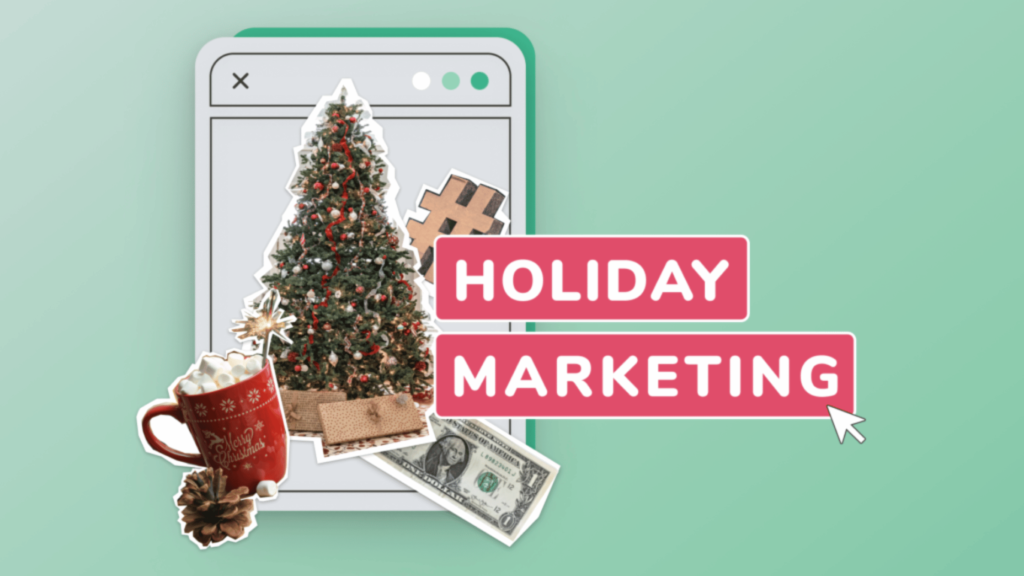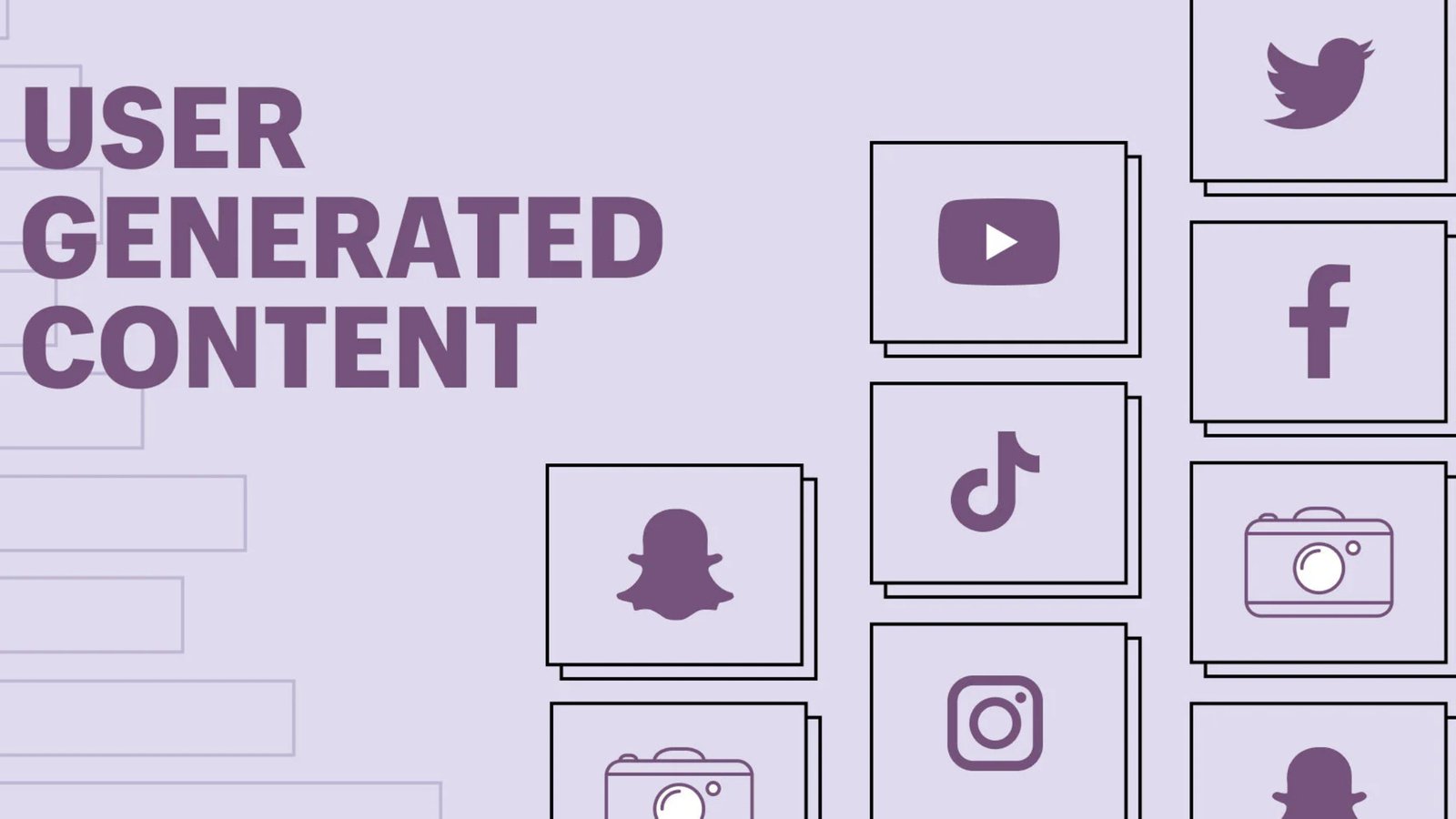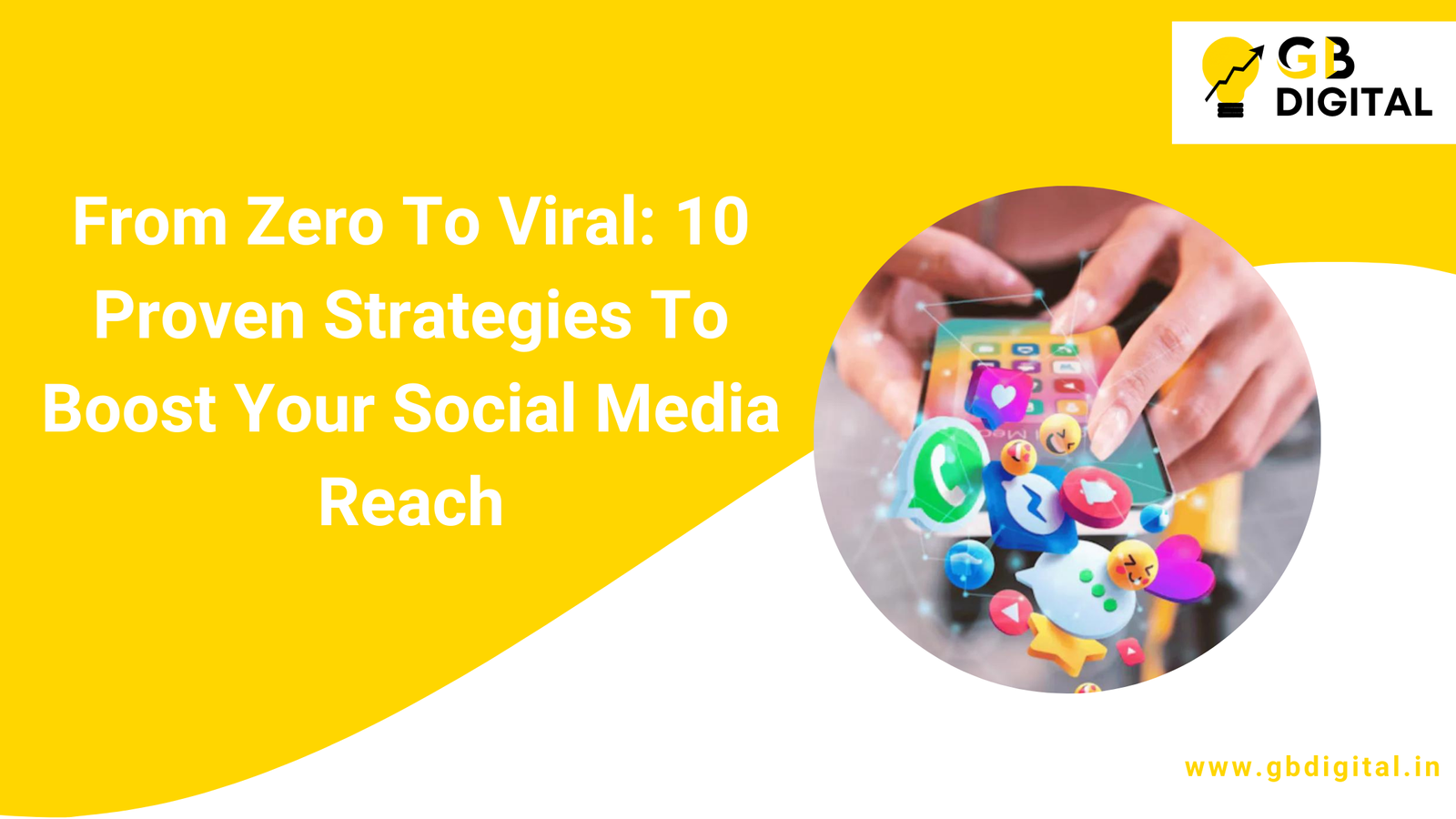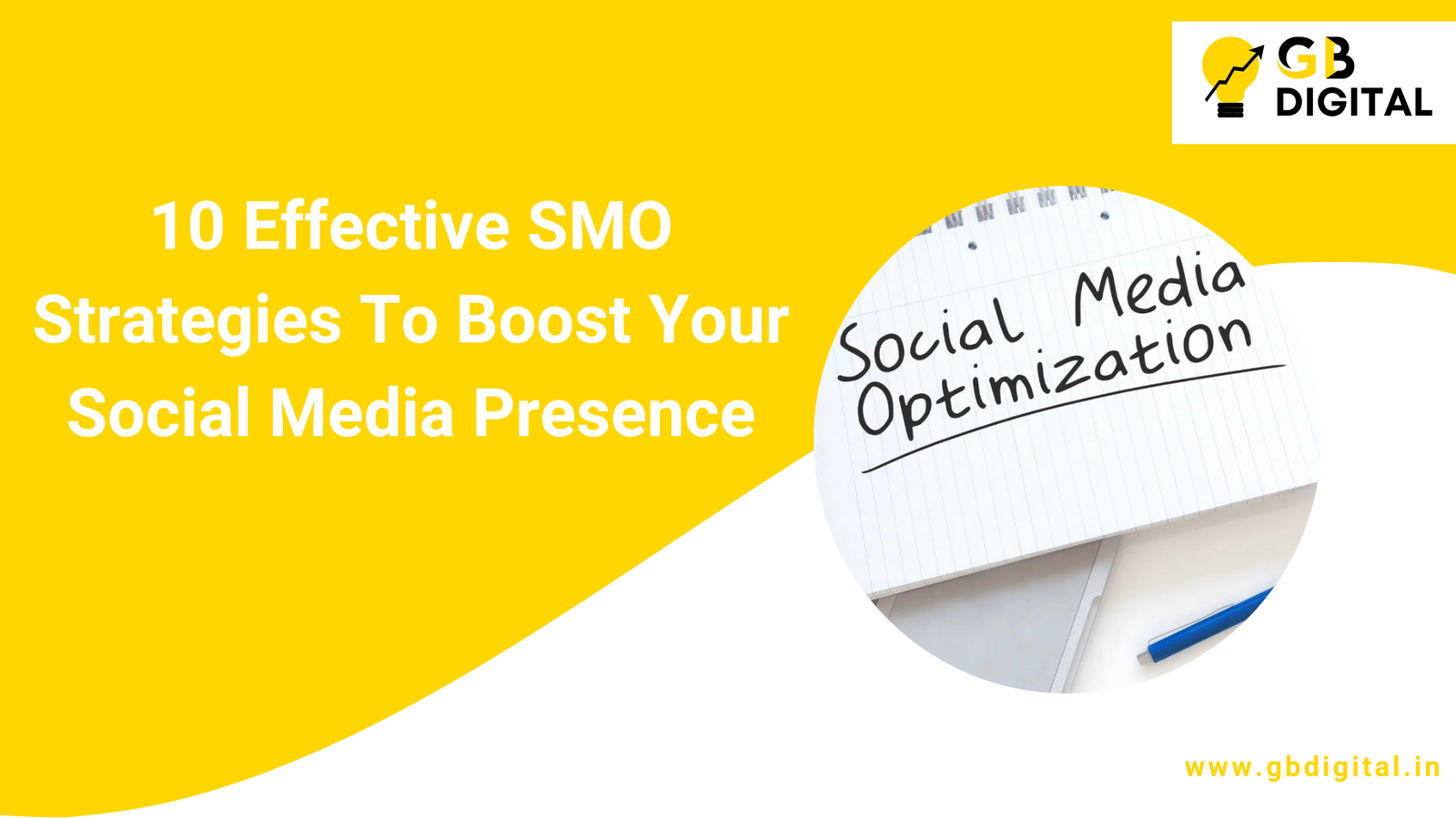The holiday season is a golden opportunity for businesses to connect with customers and drive sales. With the right mix of festive marketing, holiday campaigns, and limited-time offers, you can create a sense of excitement and urgency that resonates with shoppers. This Artical will explore actionable holiday marketing strategies that not only boost sales but also spark joy and foster customer loyalty.
Why Holiday Campaigns Matter

1. Increased Consumer Spending
The holiday season sees a surge in consumer spending, making it the perfect time for businesses to maximize sales through targeted holiday campaigns and festive promotions.
2. Fostering Emotional Connections
Holiday marketing taps into the season’s joy and nostalgia, creating emotional connections that strengthen customer loyalty and encourage repeat business.
3. Creating a Sense of Urgency
Limited-time offers tied to holiday campaigns create urgency, encouraging customers to act quickly and make purchases they might otherwise delay.
Key Holiday Marketing Strategies

1. Launch Limited-Time Offers
Offer exclusive discounts or bundles that are only available during the holiday season. Limited-time offers create excitement and incentivize customers to buy immediately.
2. Create Festive-Themed Campaigns
Design marketing campaigns that reflect the holiday spirit, using festive colors, graphics, and messaging. A well-crafted holiday campaign captures attention and aligns your brand with the season’s joy.
3. Promote Gift Cards
Gift cards are a holiday favorite for shoppers looking for flexible gifting options. Highlight gift card promotions as convenient, last-minute gifts.
4. Host Holiday Giveaways
Engage your audience with social media or in-store holiday giveaways. Encourage participation by requiring likes, shares, or referrals to spread awareness and increase reach.
5. Offer Free Shipping or Perks
Incentivize purchases by offering free shipping, gift wrapping, or bonus items during the holiday season. These perks make your brand more appealing and competitive.
How to Execute Effective Holiday Campaigns
1. Plan Early
Start preparing your holiday campaigns well in advance to ensure smooth execution. Early planning allows time for creative design, production, and marketing outreach.
2. Segment Your Audience
Tailor your festive marketing efforts to different customer segments. Personalized emails, offers, and recommendations enhance engagement and conversion rates.
3. Leverage Social Media
Use social media platforms to share holiday-themed content, promote limited-time offers, and engage directly with your audience. Platforms like Instagram and TikTok are ideal for visual, festive campaigns.
4. Use Email Marketing
Send out holiday newsletters highlighting your offers, events, or product recommendations. Email campaigns are a cost-effective way to keep your brand top of mind during the busy holiday season
Benefits of Festive Marketing

1. Boosted Sales and Revenue
Holiday campaigns capitalize on peak shopping periods, driving higher sales and contributing significantly to annual revenue.
2. Increased Brand Visibility
Festive marketing helps your brand stand out during the holiday rush, attracting new customers and retaining existing ones.
3. Enhanced Customer Loyalty
Thoughtful holiday campaigns and limited-time offers show customers that you understand and value their needs, fostering long-term loyalty.
Tips for Maximizing Holiday Marketing Success

1. Create a Holiday Calendar
List key dates and events relevant to your audience, such as Black Friday, Christmas, or New Year’s. Plan campaigns around these dates to maximize impact.
2. Encourage Early Shopping
Promote early-bird discounts to spread out holiday sales and reduce last-minute shipping chaos. Early shopping campaigns also capture customers before competitors.
3. Incorporate User-Generated Content
Encourage customers to share their holiday experiences with your products or services. Featuring this content in your campaigns adds authenticity and builds trust.
4. Track Performance Metrics
Monitor key performance indicators (KPIs) like sales, engagement rates, and customer feedback. Analyzing these metrics ensures continuous improvement for future campaigns.
Read More:- How Local SEO Can Revolutionize Your Restaurant’s Digital Footprint
Conclusion
Holiday marketing is a powerful way to connect with customers, spread festive joy, and boost sales. By combining limited-time offers, festive-themed campaigns, and thoughtful customer engagement, businesses can stand out during the busiest time of the year. Start planning your holiday marketing strategy today and create memorable campaigns that keep customers coming back year after year.
FAQ’s
Q1: Why are seasonal offers effective for customer engagement?
Seasonal offers tap into emotional connections, create urgency, and provide regular touchpoints for customers to interact with your brand.
Q2: What are some examples of seasonal campaigns?
Examples include holiday-themed promotions, back-to-school specials, summer sales, festive giveaways, and seasonal loyalty programs.
Q3: How can businesses make their seasonal campaigns stand out?
Use creative visuals, personalized offers, and a multichannel approach to ensure your seasonal campaigns capture attention and drive engagement.
Q4: How often should businesses run seasonal campaigns?
Businesses can run seasonal campaigns year-round by aligning with holidays, seasons, and micro-events relevant to their audience.
Q5: What metrics should businesses track for seasonal campaigns?
Track metrics like sales, website traffic, customer engagement, and feedback to measure the success of your campaigns and optimize future efforts.








